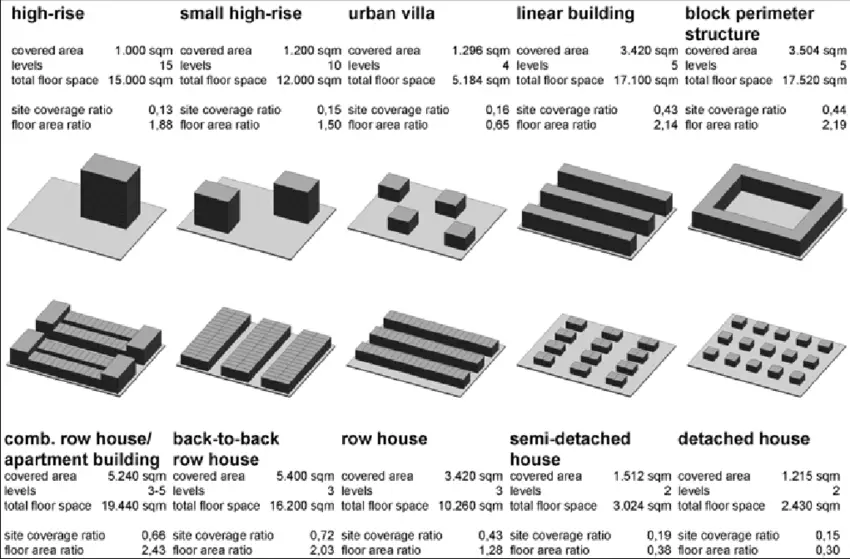Optimizing CDN Performance for High-Density Urban Areas

1. Edge Server Placement:

- Deploy edge servers within the high-density urban area to minimize latency and improve delivery speed.
- Consider using peering networks to connect edge servers directly to major ISPs.
2. Traffic Balancing and Load Distribution:

- Implement load balancing techniques to distribute traffic evenly across multiple edge servers.
- Use traffic steering algorithms to route user requests to the closest edge server with available capacity.
3. Content Caching and Preloading:
- Cache frequently accessed content on edge servers to reduce latency and improve performance.
- Preload content during off-peak hours to ensure it is available when users request it.
4. Adaptive Bitrate Streaming:
- Use adaptive bitrate streaming to deliver video content at different quality levels based on network conditions.
- This allows users to receive the highest quality video possible without buffering or degradation.
5. Mobile Optimization:
- Optimize CDN performance for mobile devices by using mobile-specific delivery protocols and reducing data consumption.
- Implement mobile-first caching strategies to deliver content quickly to mobile users.
6. Real-time Monitoring and Analytics:
- Monitor CDN performance in real time to identify and address any issues.
- Analyze user metrics, such as latency, throughput, and content requests, to pinpoint areas for improvement.
7. Cooperative Caching:
- Implement cooperative caching between edge servers in the urban area to reduce redundant content storage.
- This allows servers to share content among themselves, improving overall efficiency.
8. Point-of-Presence (PoP) Optimization:
- Establish PoPs at strategic locations within the urban area to provide multiple connections to the CDN.
- This ensures redundancy and improves connectivity in case of disruptions.
9. Cloud-Based Edge Servers:
- Consider using cloud-based edge servers to provide scalability and flexibility.
- Cloud providers offer advanced CDN features and can help optimize performance in dense urban environments.
10. Network Optimization Techniques:
- Implement techniques like link aggregation and traffic shaping to improve network performance and reduce congestion.
- Use routing algorithms to optimize traffic flow and minimize latency.## Optimizing CDN Performance for High-density Urban Areas
Executive Summary
This article provides a comprehensive guide to optimizing CDN performance for high-density urban areas. By implementing the strategies outlined below, businesses can significantly improve the speed, reliability, and efficiency of their content delivery networks in densely populated environments.
Introduction
High-density urban areas present unique challenges for CDN performance due to factors such as congestion, interference, and high demand. To effectively serve users in these areas, CDNs must be optimized to handle increased traffic volumes, reduce latency, and improve overall network stability.
FAQs
Q: What are the key challenges of CDN optimization in high-density urban areas?
- Network congestion
- Interference from multiple wireless signals
- High volume of simultaneous connections
Q: How can I improve CDN performance in these areas?
- Implement advanced caching techniques
- Use low-latency protocols
- Optimize content delivery for mobile devices
Q: What are the benefits of optimizing CDN performance in urban areas?
- Faster content delivery
- Reduced buffering and load times
- Improved user experience
Subtopics
Network Congestion
Description: Network congestion occurs when there is excessive traffic on a network, resulting in delays and performance degradation.
- Use multi-path delivery: Distribute content across multiple network paths to reduce traffic bottlenecks.
- Implement traffic shaping: Prioritize and manage traffic to ensure optimal performance for critical content.
- Utilize load balancing: Balance traffic across multiple CDN servers to prevent overloads and maintain stability.
Latency Optimization
Description: Latency refers to the delay between a user’s request and the delivery of content.
- Deploy edge servers: Place CDN servers closer to users in urban areas to minimize geographic distance and reduce latency.
- Use low-latency protocols: Implement protocols such as HTTP/2 and QUIC to reduce the time it takes for requests to reach servers.
- Optimize caching policies: Implement aggressive caching techniques to store popular content closer to users, reducing the need for server requests.
Mobile Optimization
Description: Mobile devices account for a significant portion of traffic in urban areas. Optimizing CDN performance for mobile devices is crucial.
- Implement mobile-specific delivery methods: Use specialized protocols and caching strategies tailored for mobile devices.
- Optimize image and video delivery: Compress images and use adaptive bitrate streaming to reduce file sizes and improve loading times.
- Provide offline content availability: Cache content locally on mobile devices to enable access even without network connectivity.
Security Considerations
Description: Secure CDN delivery is essential to protect data and user privacy in urban environments.
- Implement SSL/TLS encryption: Encrypt all data transmitted over the CDN to prevent interception and eavesdropping.
- Use content protection mechanisms: Utilize techniques such as access control, watermarking, and digital rights management to protect content from unauthorized distribution.
- Monitor for security threats: Regularly scan CDN infrastructure for vulnerabilities and implement security measures to mitigate risks.
Data Analytics and Monitoring
Description: Data analytics and monitoring are crucial for understanding CDN performance in urban areas and making informed optimization decisions.
- Collect and analyze CDN performance metrics: Track metrics such as latency, throughput, and error rates to identify areas for improvement.
- Use real-time monitoring tools: Monitor CDN infrastructure in real-time to identify performance issues and address them promptly.
- Analyze user behavior data: Track user interactions with content to understand consumption patterns and optimize delivery strategies accordingly.
Conclusion
Optimizing CDN performance in high-density urban areas is essential to deliver a seamless and reliable user experience. By implementing the strategies discussed above, businesses can overcome the challenges of congestion, latency, and mobile optimization. By using data analytics and monitoring to continuously improve performance, businesses can ensure that their CDN delivers fast, secure, and high-quality content to users in urban environments.
Keyword Tags
- CDN Optimization
- Urban Areas
- Network Congestion
- Latency Optimization
- Mobile Optimization
